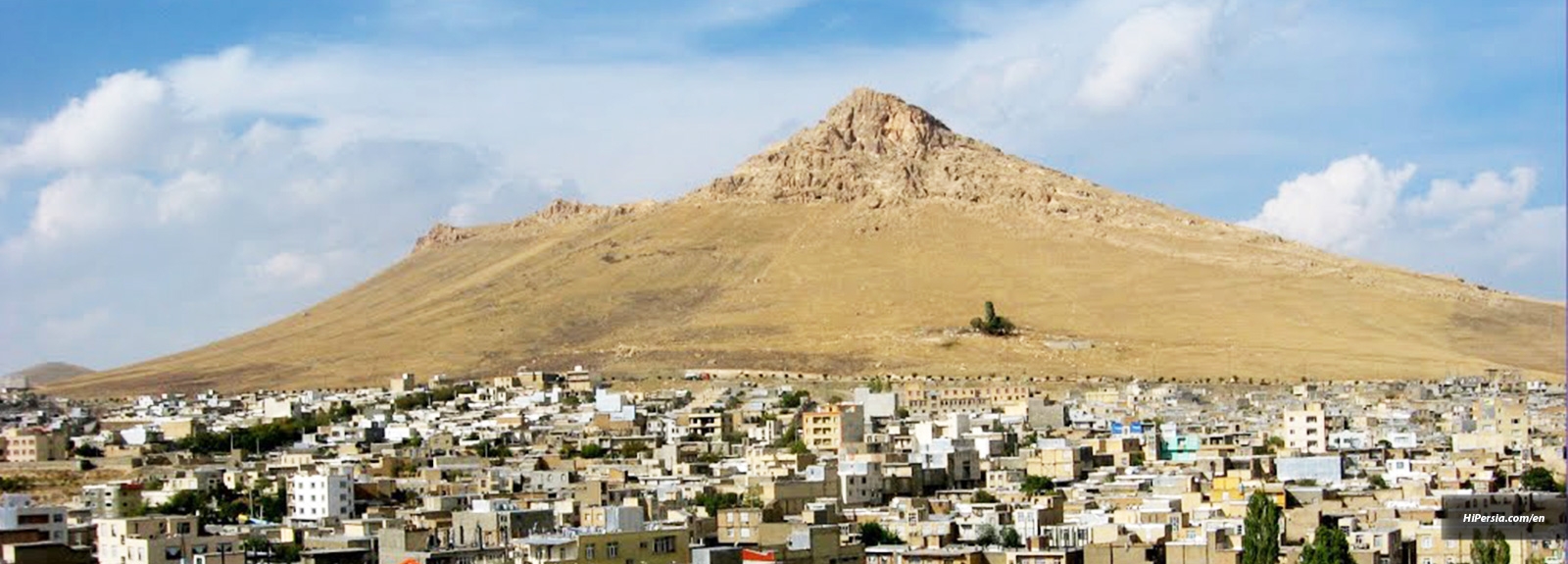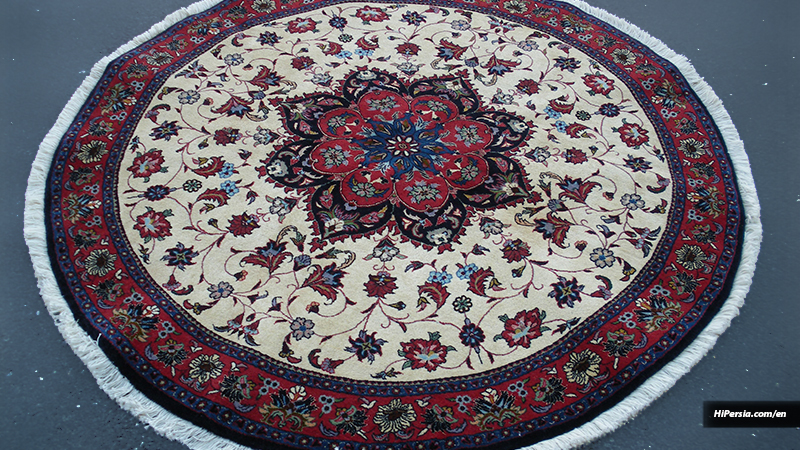



Bijar is a city in the Kurdistan county, one of the oldest cities in Iran. This city is famous for its high altitude to the roof of Iran.
Bijar is a mountainous region along the western mountain range of Iran. One-third of the area is almost mountainous Sedimentary stones, especially clay, limestone, and sandy compounds the type of land and the building in these areas. The height of the city is 1940 meters above sea level, which is one of the highest cities in Iran.

This city is known as the Ghale Bakhtar, because it is the center of large wheat production, the silos and wheat caches of Bijar, and the wheat storage in other provinces of the country.
The city of Bijar is one of the oldest cities in Iran, and it dates back to BC, possibly. Pottery has been found on the hills of this city, dating back to the third millennium BC.
The people of Bijar are Muslims and have the Shiite and Sunni religions. The Kurdish Sorani language is the language of the people of this region.

Carpet, Rug, Gilim, Jajim, and so on are the famous handicrafts of this city. The Bijar Carpet has an old background, and many old Kurdish carpets, which are now in the large carpet museums inside and outside the country. Halva Sohani, Bijar specialty Sheermal bread, and all kinds of delicious pickles are the souvenirs of this historic city.

Tomb of Sheikh Fazel Groshi, Bijar’s bazaar, Haj Shahbaz Timcheh, and Nesar Ski Resort are spectacular places in Bijar.
It has a semi-arid climate. The high altitude of this area caused the temperature difference, being the coldest day of the year with the warmest day of the year to 79 ° C. The lowest temperature of Bijar is 38 degrees in February and the highest temperature is 41 degrees in the months of July and August. The best time to go to Bijar is mid-spring to early summer.
It is located 142 kilometers from Sanandaj and 472 kilometers from Tehran. You can go to Bijar from Kurdistan through the Bijar Sanandaj road. You will be on the way for about an hour from Kurdistan to Bijar.






“Oh! Squander not this breath that Heaven hath lent thee, Nor make too sure another breath to borrow!’” Khayam